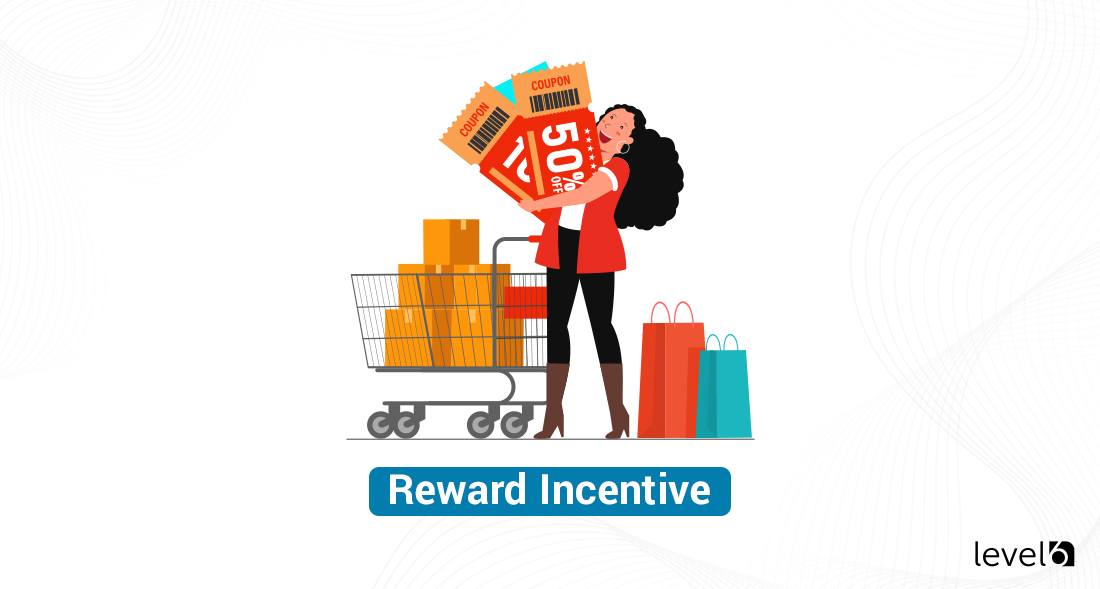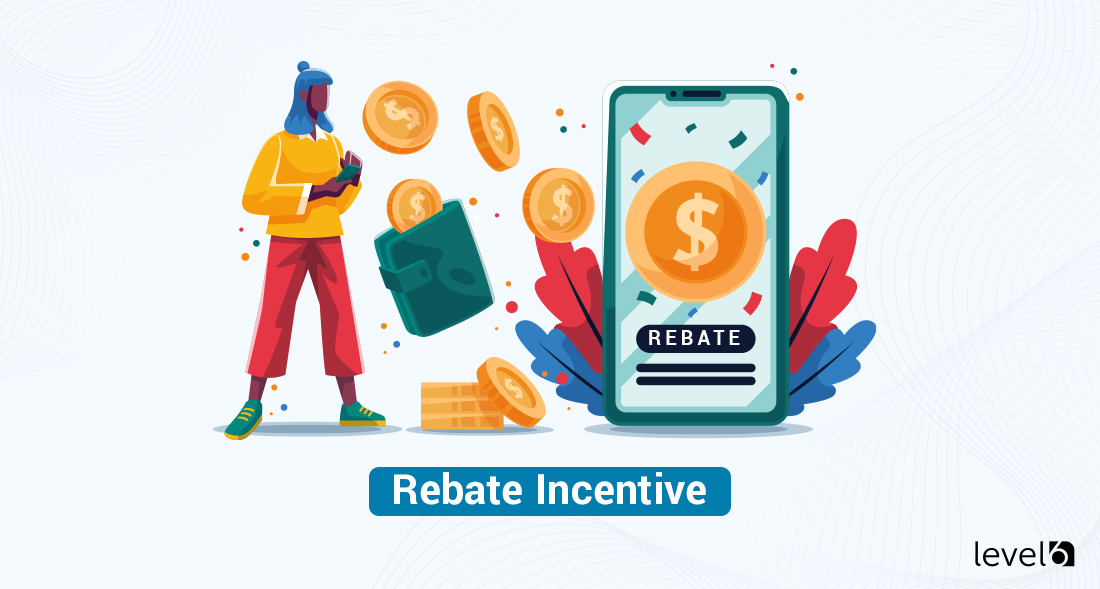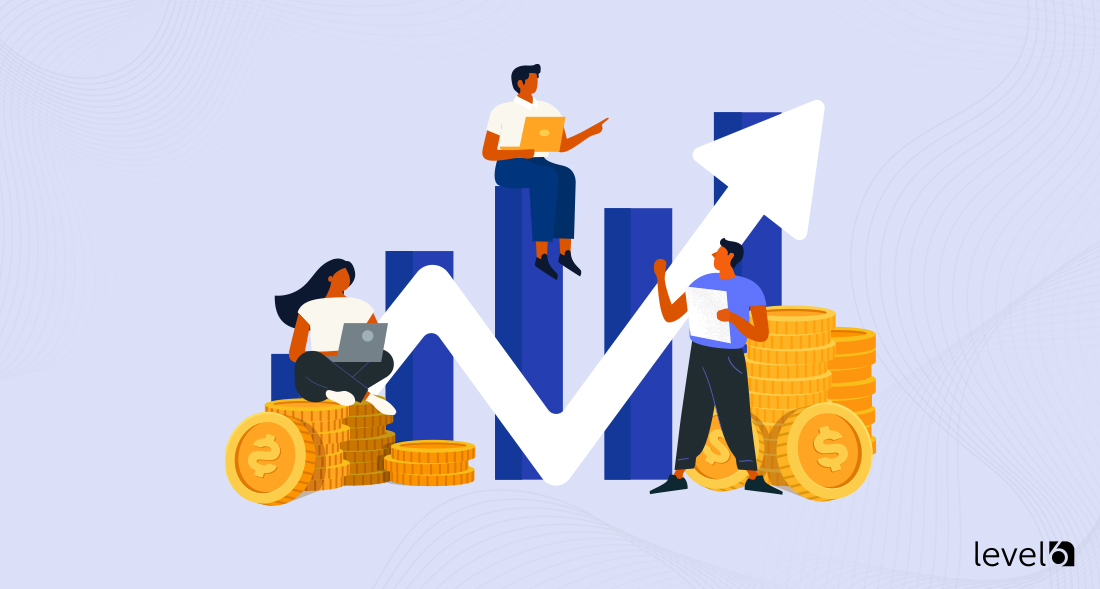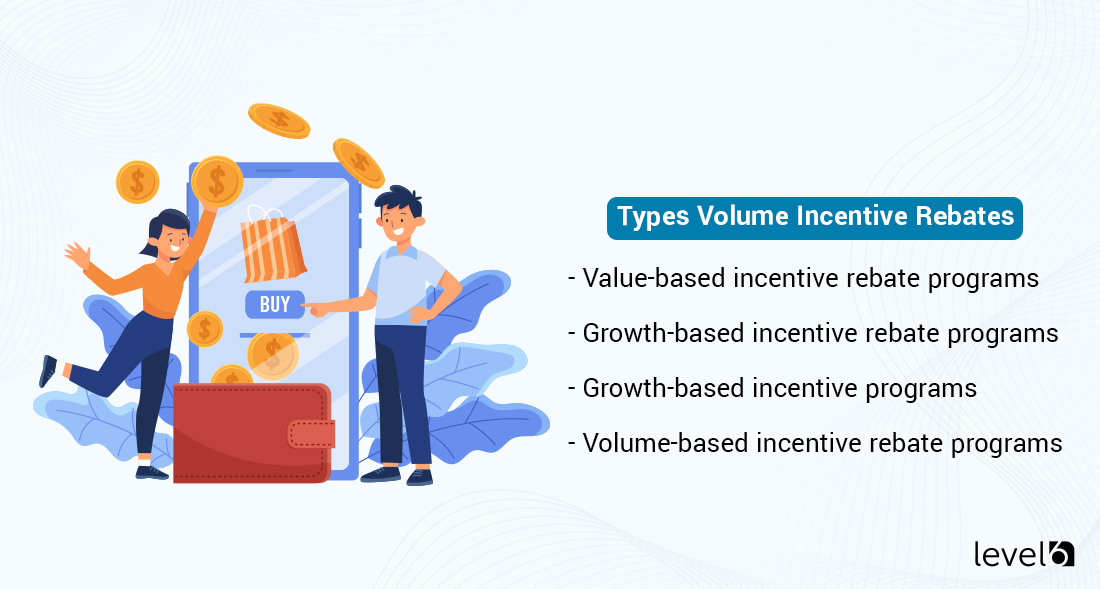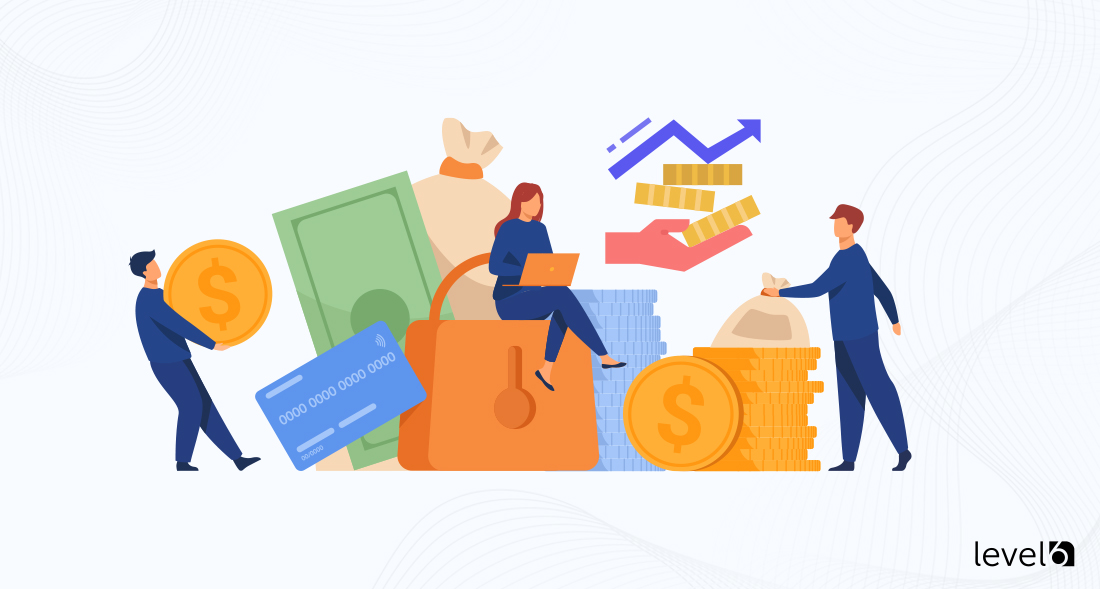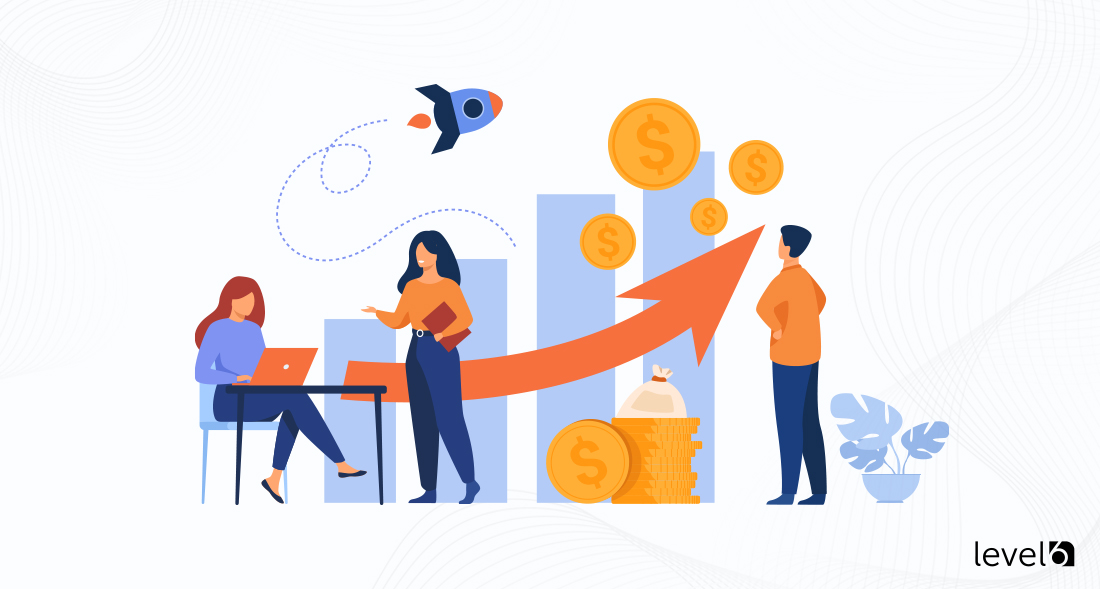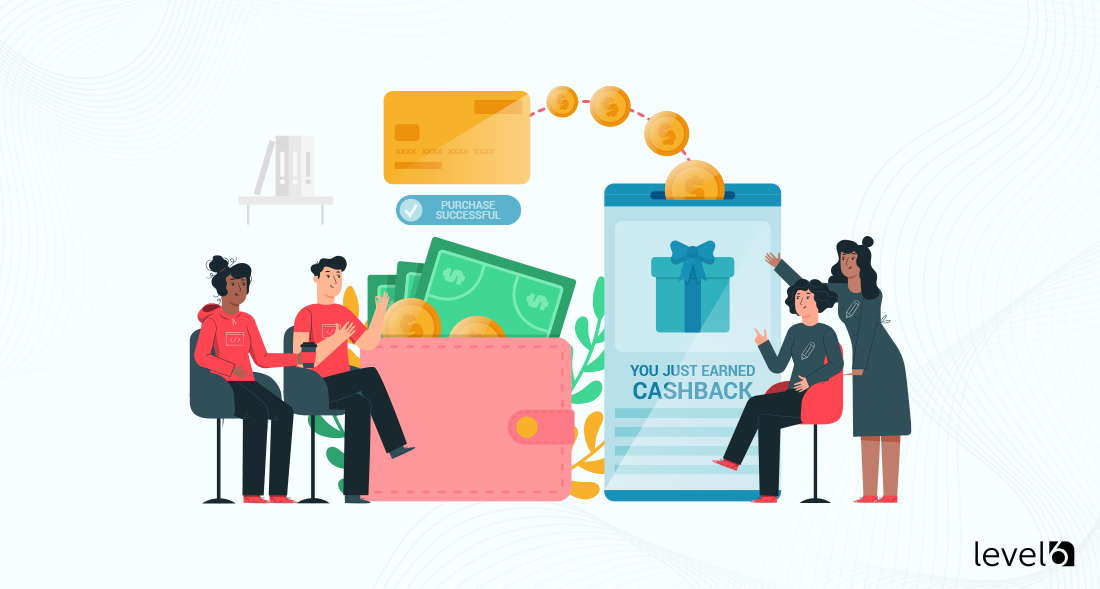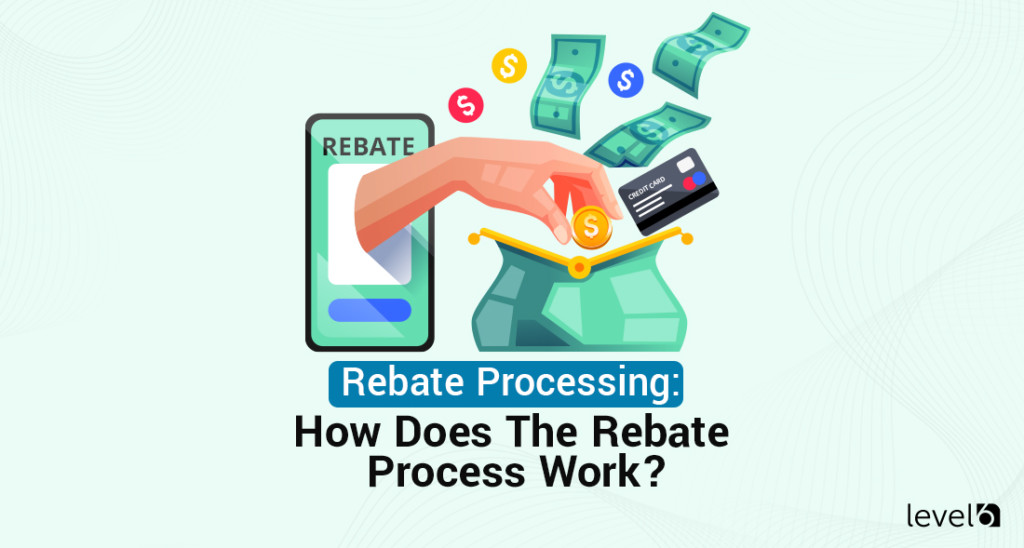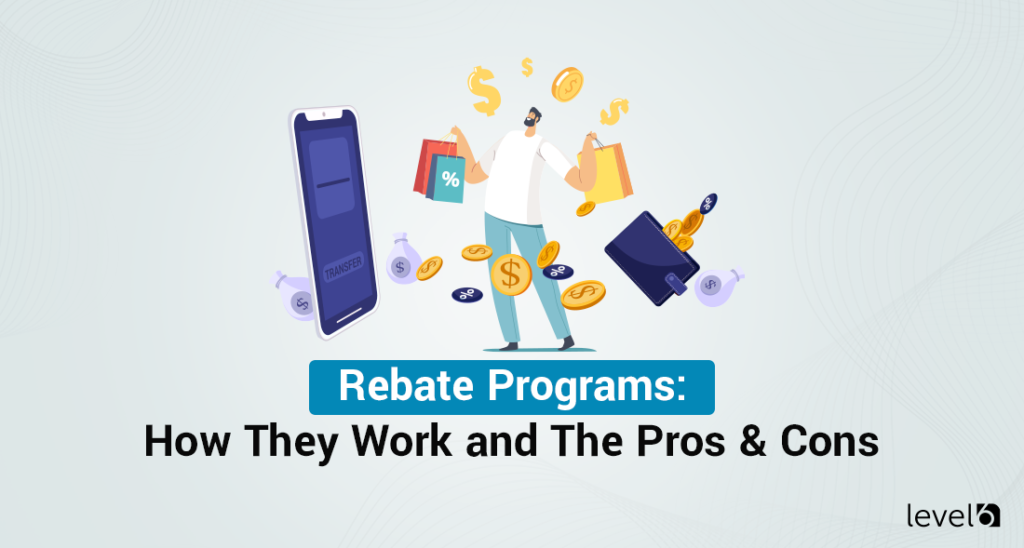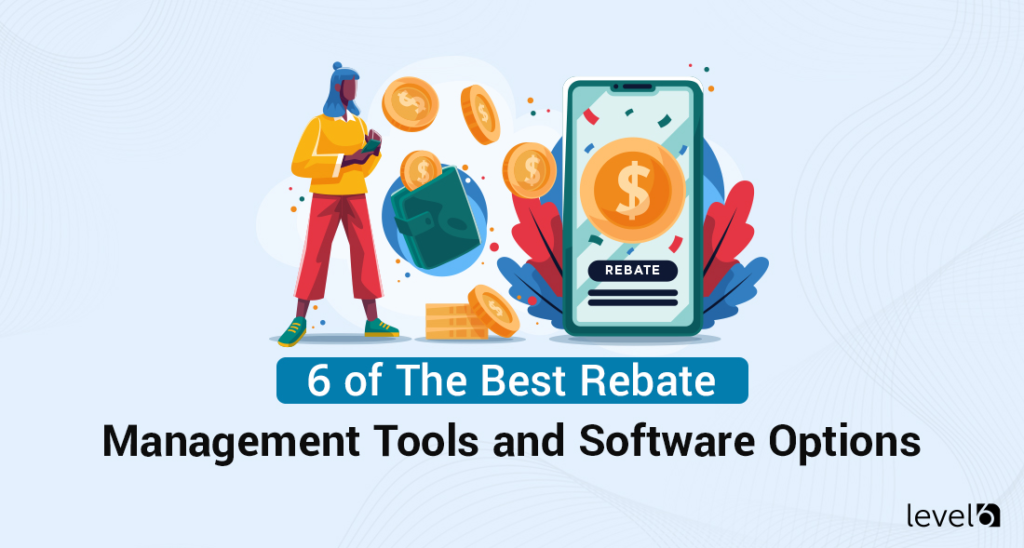The bottom line of incentive programs can be summed up like this, “Incentives are aimed at behavior modification, plain and simple.” According to Ben Wider in his 2019 book, “Sweeten the Pot: How to Leverage Incentives and Rebates to Drive Loyalty and Increase Profits.”
Earning 4.7 out of 5 stars, the book has 85% 5-star reviews:
“This book does a great job of laying a foundation around what drives human behavior and how to incent the desired behaviors. Whether you are interested in increasing team member efficiency and motivation or growing customer loyalty, this book gives straightforward and thorough guidance on how to raise the bar. Highly recommend as a tool for anyone who wants to drive results and accomplish stretch goals through driving behavior.”
It answers such questions as:
- How do we make decisions?
- What incentives are more effective, carrots or sticks?
- What’s the right reward for getting the results you want?
- How to calculate ROI
- How to design an incentive program
Wider firmly believes that “incentives are quite possibly the most powerful tool available for increasing revenue, expanding your market share, and attracting and retaining more customers.”
People in sales are driven primarily by earning potential. While they’re motivated by other factors, too, at the end of the day, sales is a tough and exhausting job. Salespeople don’t do it just because they love interacting with customers or because they like to travel. They do it because their potential for earnings is virtually unlimited.
What Exactly Are Volume Rebate Programs?
A volume rebate program is a long-term discount that incentivizes sales and drives growth. It is a B2B exclusive form of incentive that rewards buyers for meeting pre-agreed upon purchase targets over a certain period.
The rebate is usually a percentage of the total invoice amount paid out by the supplier after the buyer has met their target volume. Volume rebate programs are a great way for businesses to increase sales, create healthy competition, reduce costs, increase efficiency, and foster customer loyalty.
They also help to better manage cash flow and improve profitability. With a volume rebate program, suppliers can offer discounts to their customers without incurring additional costs, and buyers can benefit from discounted prices without having to commit upfront.
Looking to learn more about an incentive, rebate
or reward program for your business?
Curious about costs?
Try our instant pricing calculator:
This type of agreement is mutually beneficial and encourages customers to stay loyal to the supplier while helping the supplier retain customers. Plus, the transparent nature of volume rebates makes them an attractive option for both parties since everyone knows what needs to be accomplished to receive the rebate.
Can your sales team break this quarter’s goal? How can you convince a distributor to promote your product? Incentives. Powerful, compelling, logical-emotional, habit-creating incentives.
The Difference Between A Reward Incentive And A Rebate Incentive Program
When it comes to motivating customers and increasing customer loyalty, incentive programs are an essential tool in the marketer’s arsenal. There are two primary types of incentive programs: reward incentives and rebate incentives. The primary difference between the two is when and how the reward is given.
Reward incentives are given to a customer before the purchase is made. These rewards typically come in the form of coupons, discounts, or loyalty points that can be applied to a purchase. Reward incentives are designed to encourage customers to make purchases, as they know they will be rewarded with some kind of incentive.
Rebate incentives, on the other hand, are given after the purchase has been made. In this case, the customer receives a refund of some amount of money, either in the form of a discount or direct cash back. Rebate incentives are used to encourage customers to return to the store and make more purchases, as they know they will receive a rebate if they do so.
So while both reward and rebate incentives can effectively increase customer loyalty, they have different uses and should be used strategically to maximize customer engagement. Reward incentives are best used to drive initial purchases, while rebate incentives are better suited for encouraging repeat purchases.
Many businesses find the volume rebate program useful. Customers receive rebates based on the number of products purchased. For example, a business might offer a 5% rebate for purchases over $1,000 monthly. This type of program incentivizes customers to purchase large quantities to get the maximum possible rebate.
Rebates present a very different picture to your customers since they’re perceived differently from a sale or discounted item because the original price hasn’t changed. When a customer encounters a rebate, your brand’s image isn’t tarnished in their mind.
Brand equity is preserved, as you’re offering them an opportunity to receive an exclusive reward—a branded prepaid debit card—in exchange for purchasing one of your products.
Volume Incentive Rebate Programs For Increasing Sales
Increasing sales is an essential part of any business, and volume incentive rebate programs are an effective way to do this. Such programs offer discounts or other forms of compensation when customers purchase in large volumes.
This encourages them to purchase more, driving up sales and profits for the company. These programs are often tailored to meet the needs of the business, taking into account the size and type of products sold.
For example, a manufacturer selling large quantities of a single item may opt for a rebate program where customers receive a certain percentage back on each purchase, while a retailer selling a wide variety of items might prefer a loyalty program that rewards customers for each purchase.
Volume incentive rebate programs are attractive for businesses looking to increase their sales. They offer customers discounts and other incentives for purchasing in large volumes, encouraging them to buy more and increasing profits. These programs are easy to implement and customize to fit the business’s needs, making them an attractive option for any business looking to increase its sales.
To get the most out of a volume incentive rebate program, it’s important to keep track of customers’ purchase histories and give out reward points accordingly. Companies should also promote their programs through various marketing efforts such as social media, email campaigns, and targeted ads.
Businesses should measure the effectiveness of their efforts regularly to ensure they’re getting the most out of their program. By offering customers attractive discounts and incentives, volume incentive rebate programs can be an effective way to drive up sales and increase customer loyalty. Through careful monitoring and regular promotion, companies can ensure their efforts pay off.
Types And Examples Of Volume Incentive Rebates
Salespeople can benefit from various incentive rebate programs, including value, growth, and volume-based programs.
Let’s talk about each of these:
- Value-based incentive rebate programs are designed to reward salespeople for the total value of the products they sell. These programs often give salespeople a rebate for meeting or exceeding certain sales targets. This type of program incentivizes salespeople to focus on selling more expensive products to increase their total rebate amount.
- Growth-based incentive rebate programs reward salespeople for increasing their overall sales from one period to the next. These programs can motivate salespeople to boost their total sales by a certain percentage over time.
- Growth-based incentive programs are a great way to motivate salespeople to push their limits and drive revenue growth for the company. In addition to motivating salespeople to increase their performance, these programs also allow companies to track their progress and identify areas needing improvement.
- Volume-based incentive rebate programs are designed to reward salespeople for the total number of products they sell. For example, a company may offer salespeople a percentage rebate on the total number of products they sell in a given period. This program is designed to motivate salespeople to increase their overall sales volume.
However, it’s important to ensure that these types of programs are properly structured to be effective. For example, it’s important to clearly define the goals and expectations associated with the program so that everyone understands what is expected of them.
Furthermore, it’s also important to make sure that the rewards offered through these programs reflect the effort being put in. If the rewards need to be more substantial, it could result in employees feeling discouraged and unmotivated.
Examples of Volume Incentive Rebates
Volume incentive rebate programs reward salespeople when they reach certain targets. In these programs, the rebate rate and target bands are typically set in advance.
An example of a volume incentive rebate program involves multiple tiers. For example, salespeople may earn $5 per unit when they sell 10 units of a product, $7 per unit for 20 units, and $10 per unit for 30 units. By setting tiers, businesses can incentivize their sales team to hit higher targets and increase sales.
Volume incentive rebate programs can be simpler. Businesses can offer fixed amounts at each target band. For example, salespeople might receive $100 when they hit 10 units, $250 when they hit 20 units, and $500 when they hit 30 units. This type of program makes it easier for sales teams to predict their rewards.
Businesses can also offer volume incentive rebate programs based on percentage discounts rather than per-unit rates. Here, salespeople will receive a set percentage of the retail price when they reach certain volume targets.
For instance, they may receive 10% off when they hit 10 units, 20% off when they hit 20 units, and 30% off when they hit 30 units. Percentage discounts provide great savings and make it easier for customers to purchase higher volumes of a product.
Volume incentive rebate programs are an effective way to reward sales teams and encourage them to hit higher targets. Programs can be tailored to individual businesses’ needs, with different models including tiered rates, fixed amounts at each target band, or percentage discounts.
Benefits Of Using Volume Incentive Rebate Programs
The big-picture benefits of volume incentive rebate programs include increased customer loyalty, improved customer satisfaction, and higher sales volumes. These programs also reduce customer acquisition costs by encouraging existing customers to buy more. They can also help build brand recognition and create goodwill with customers.
Volume rebate programs are designed to reward customers for buying in bulk or making a large purchase. By offering this incentive, businesses can encourage customers to purchase more products, increasing sales and profits.
The primary benefit of using a volume rebate program is that it allows customers to receive discounts on larger purchases. Customers are typically offered a percentage off their total purchase amount when they meet certain criteria, such as a minimum quantity purchased. This gives customers a financial incentive to purchase more and can help increase sales.
Another advantage of using a volume rebate program is that it can be used to increase brand loyalty. Customers who receive an incentive to purchase more from the same store are more likely to become repeat customers. This program also encourages customers to spread the word about the company and its products, which can help increase brand awareness.
Finally, volume rebate programs can be used to introduce new products or services. By offering discounts on specific items, businesses can encourage customers to try out something new and increase their overall spending.
Volume rebate programs can benefit businesses, including increased sales and brand loyalty. By offering these incentives, businesses can attract more customers and boost their bottom line.
Setting Up A Volume Incentive Rebate Program For Customers
Setting up a volume incentive rebate program is a great way to encourage your customers to buy more and reward them for their loyalty. Volume rebates provide customers with discounts when they purchase products in larger quantities. This encourages customers to purchase more of your products and keeps them returning.
The first step to setting up a volume rebate program is to decide what type of discount you will offer. This can range from a percentage discount off the original price to a fixed amount of money back on each purchase or even a combination of both. Ensure the discount is attractive enough to encourage customers to increase their spending.
Next, decide how much customers need to purchase before they receive the discount. This can range from a minimum purchase amount to a certain number of items purchased in a single transaction. Set realistic requirements so customers are encouraged to meet or exceed the threshold.
Then decide who should be eligible for the volume incentive rebate program. You can choose to include all customers or only those who have reached a certain level of loyalty or spend over a certain amount in one purchase. Be sure to set clear criteria for who is eligible so that customers know what it takes to receive the rebate.
Then determine how you will track and manage the volume incentive rebate program. You can use a software program such as Salesforce or Microsoft Dynamics to keep track of customer purchases and ensure that customers receive the appropriate discounts when they qualify. This allows you to ensure that the program is running smoothly and accurately.
We get it. Designing and implementing an effective incentive program is challenging. Our entire team was recruited from the client side, so we always put your needs first.
Come discover what sets Level 6 service apart from the rest.

Claudine is the Chief Relationship Officer at Level 6. She holds a master’s degree in industrial/organizational psychology. Her experience includes working as a certified conflict mediator for the United States Postal Service, a human performance analyst for Accenture, an Academic Dean, and a College Director. She is currently an adjunct Professor of Psychology at Southern New Hampshire University. With over 20 years of experience, she joined Level 6 to guide clients seeking effective ways to change behavior and, ultimately, their bottom line.
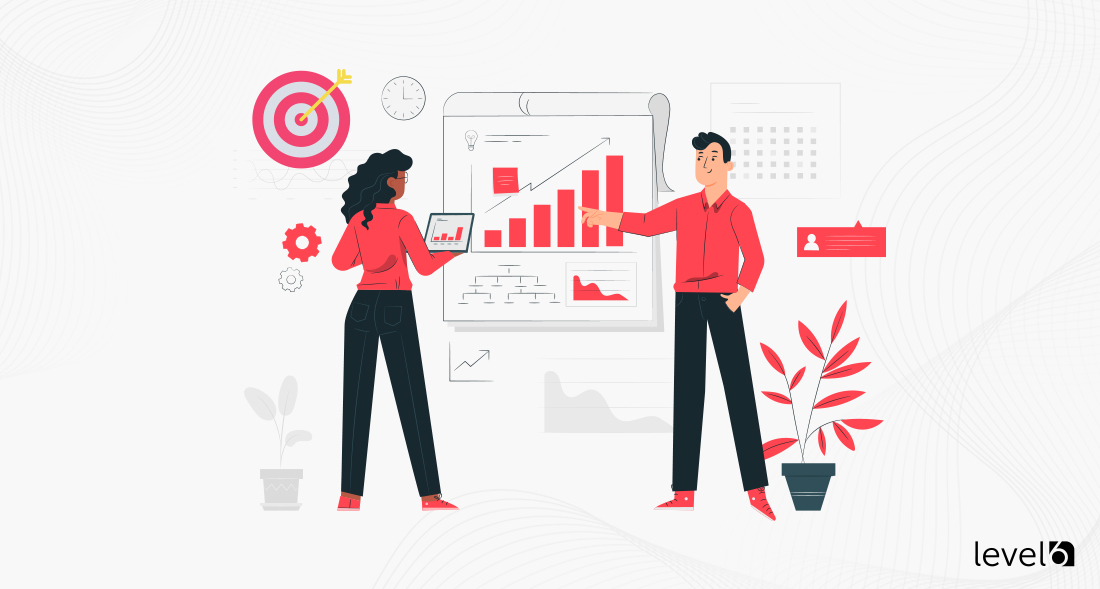
 Demo
Demo